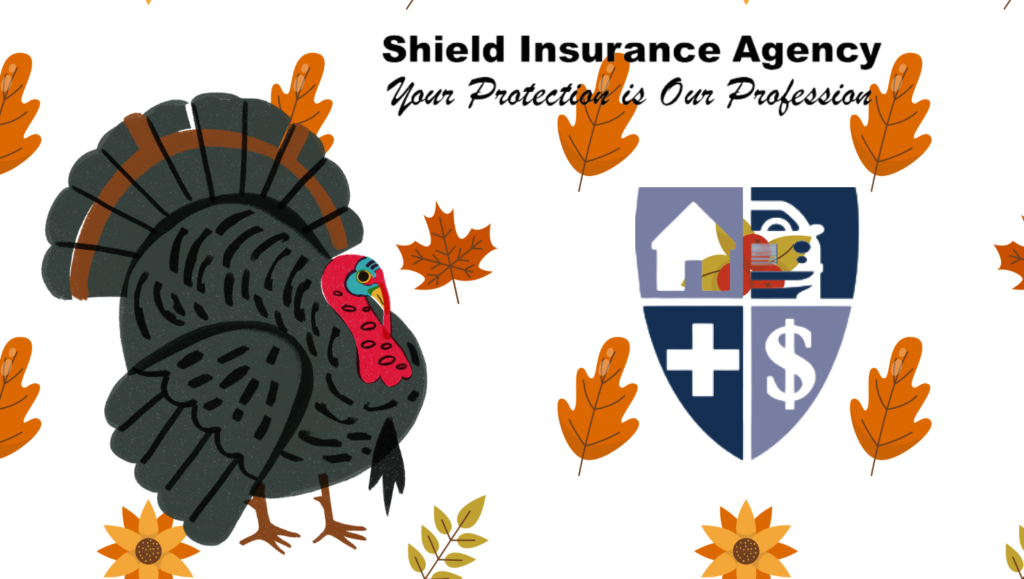Thanksgiving Fires, Turkey Fryers and Safety
I am feverishly preparing for what I consider to be a rite of passage: I’m hosting Thanksgiving for the first time. While I love to cook and host my family from time to time, there’s something extra intimidating about preparing the quintessential meal of the year. How do I manage to prepare a turkey, stuffing, potatoes, and vegetables at the same time? In one oven? Without a Thanksgiving Fire!? At this point, I have a spreadsheet listing what I need to do on Tuesday, Wednesday, and Thursday and the baking times and temperatures broken down in chronological order. (Thank goodness my mom is bringing the pumpkin pie.)
While I was researching ways to prevent the turkey from drying out, I stumbled upon this fact. According to the National Fire Protection Agency (NFPA), Thanksgiving is the peak day for cooking-related home fires. Add another thing to worry about to the list.
It’s pretty clear to see why 69% of all home fires on Thanksgiving are cooking fires. People are stressed and busy, which can lead to carelessness and inattention in the kitchen. Let me join the chorus and reiterate the NFPA’s tips regarding cooking safety:
- Make sure your stovetop is clear of anything that could catch fire, like oven mitts, towels, hot pads, wooden utensils and food packaging.
- If you are frying, grilling, or broiling, stay in the kitchen. If you have to leave the kitchen, even for a short period of time, turn off the stove.
- If you are simmering, baking, roasting, or boiling, check on your food regularly and remain in your home. Use a timer help remind you that you are cooking.
- Only cook when you are alert. If you are sleepy or have consumed alcohol, don’t use the stove.
Then there’s the use of turkey fryers, which the NFPA actually discourages. So does Underwriters Laboratory (UL), which will not certify any turkey fryers with their UL Mark. This video explains why UL finds those appliances dangerous.



















































